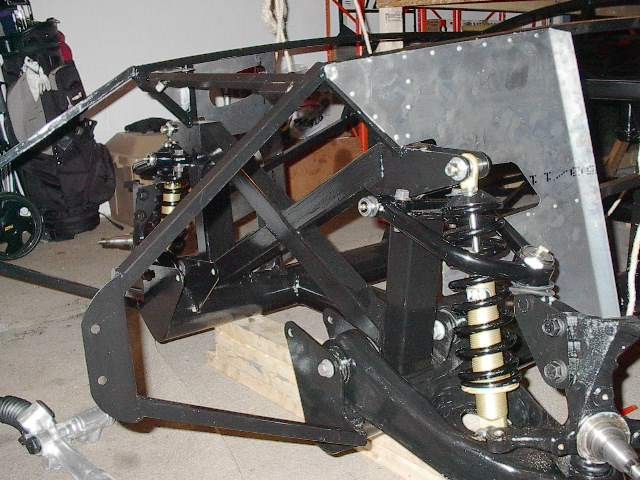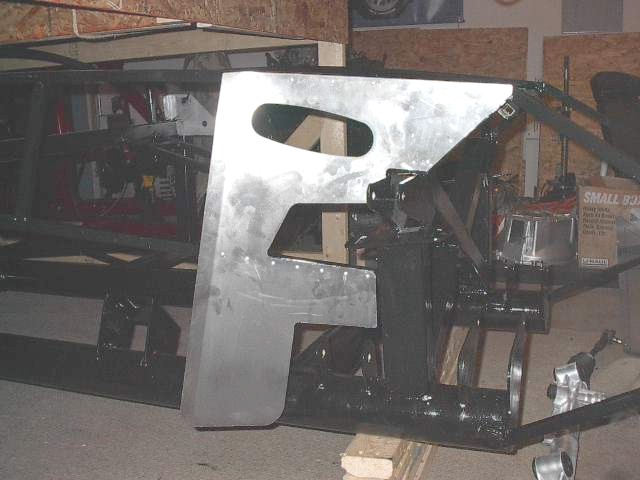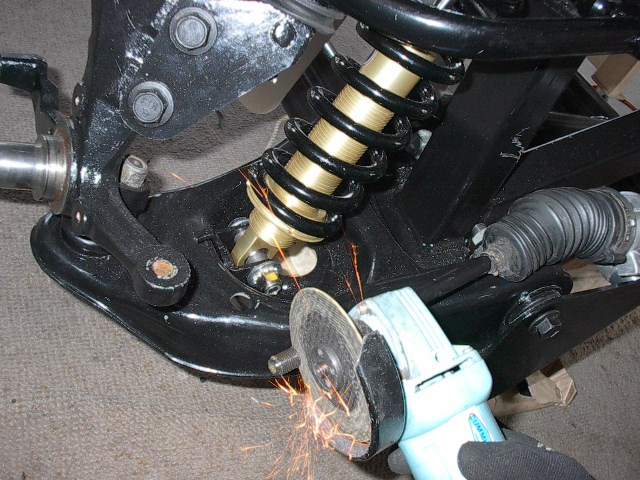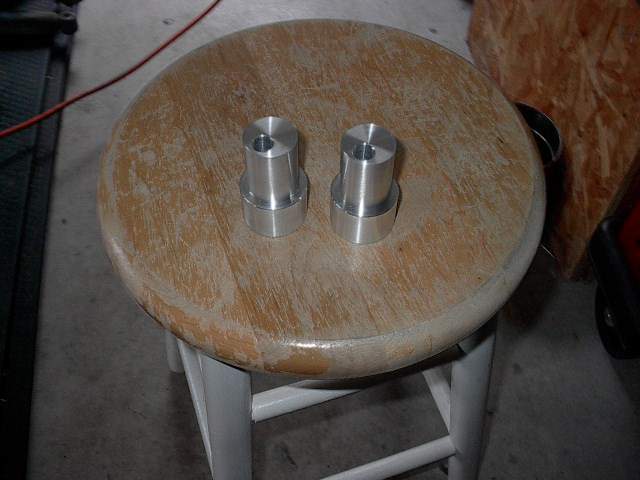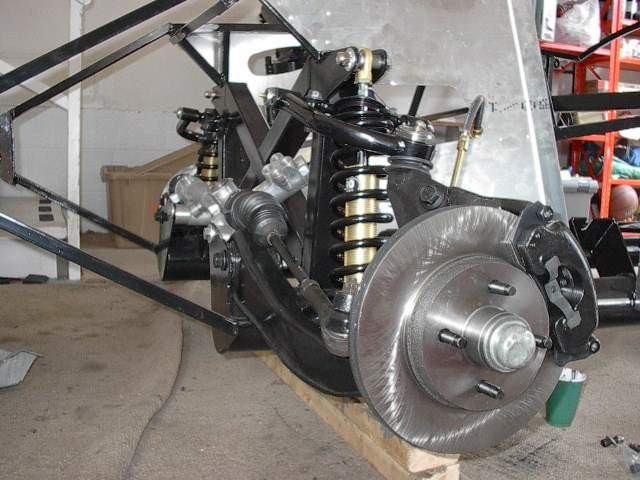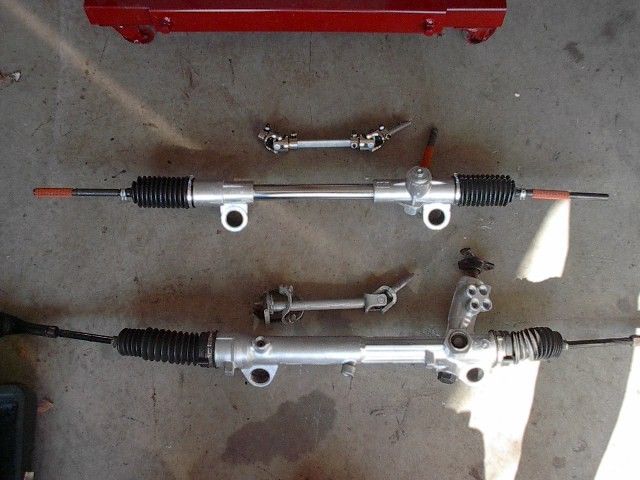I ended up getting a new (used) set of lower control arms and spindles from Greg Warden down in VA Beach. That solved the problem with the negative camber. I think that the parts I had were from a 94+ vehicle because I later found out that the wheelbase is a little wider for the newer cars. Also because of the wider wheelbase, I ran into a problem with the toe in with the steering rack length. I decided to bite the bullet and get a flaming river 18:1 manual steering rack setup. BUY THIS SETUP! The steering response is so much smoother and easier than the power rack with the power cut out of it. I also feel more comfortable knowing that my steering setup won't fail me.
